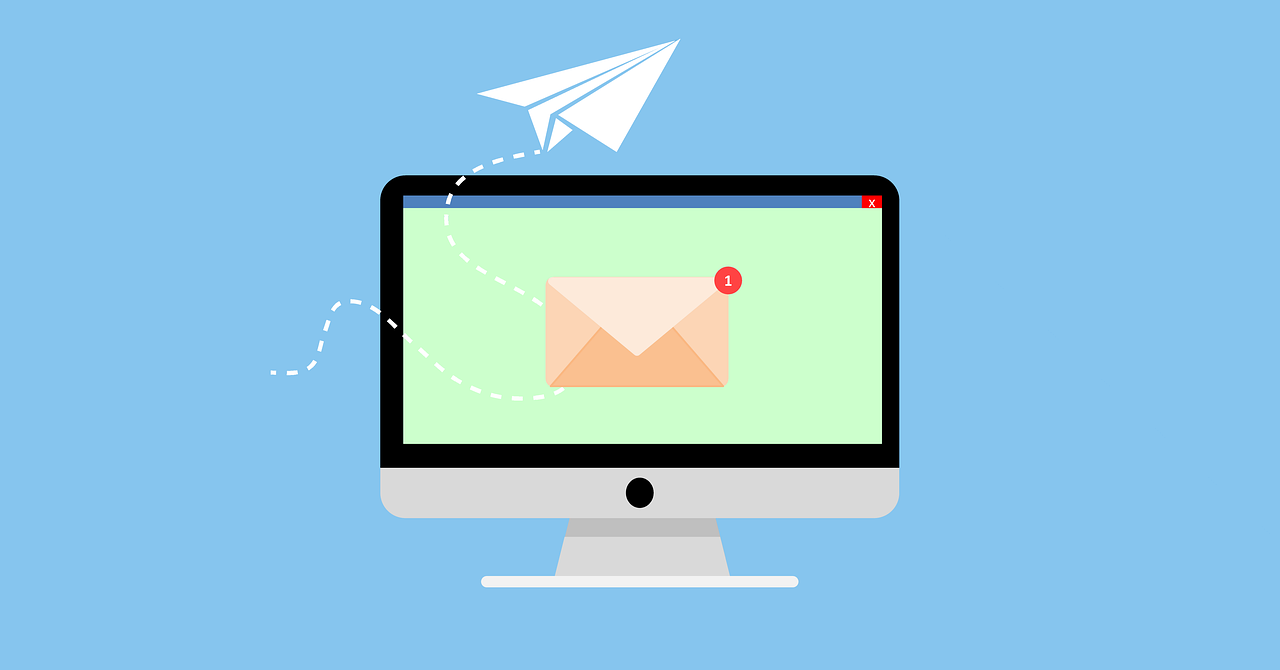Let’s face it — email is an essential business tool. It’s quick, convenient, and gives us that paper trail we often need. But sometimes, hitting “send” isn’t the smartest move.
We’ve all been there: that moment when a simple email turns into a never-ending thread that solves nothing, or when your carefully crafted message comes across completely wrong to the recipient.

The truth is that knowing when to pick up the phone, schedule a quick video call, or just walk over to someone’s desk can make all the difference. Knowing when to move away from email can help you avoid misunderstandings, get faster answers, and keep your relationships intact.
Here are five circumstances in which email isn’t the right choice:
1. When You Need to Deliver Bad News
Email is particularly problematic when delivering bad news. Negative information can come across as cold or impersonal without tone of voice, facial expressions, or body language. Recipients can’t ask immediate questions or express concerns, leaving them anxious or confused. Plus, written words can be easily misinterpreted when emotions are involved.
For example, if you need to speak with an employee about a change to their status or a performance issue, an in-person discussion or video call would allow for nuance and empathy, reducing defensiveness and fostering productive dialogue.
2. When a Rapid Response Is Needed
Email isn’t an instant messaging platform. If a decision needs to be made quickly or a problem requires immediate attention, phone calls, video meetings, or team collaboration tools like Slack or Microsoft Teams are better options.
For instance, if a project is stalled due to a missing approval, waiting for an email reply might cause unnecessary delays. A quick call to the decision-maker can resolve the issue in minutes.
3. When the Message Is Complex or Requires Back-and-Forth Discussion
Email can become cumbersome if a topic requires extensive clarification, multiple questions or discussion of various scenarios. Long email threads with numerous replies often lead to confusion and wasted time.
Instead, a scheduled meeting or brainstorming session can address all points efficiently. If documentation is needed, a summary email after the discussion can capture key takeaways and action items.
4. When You Are Angry or Upset
Never send an email when emotions are running high. Here’s why:
Unlike spoken words, emails create a permanent record that can’t be taken back once sent. When you’re angry, you’re more likely to use language you’ll later regret, exaggerate situations, or make accusations that damage professional relationships.
Emotional emails often lack clarity and can be easily misinterpreted by recipients, who may respond defensively and escalate the situation further. Additionally, firing off angry messages can damage your professional reputation and how colleagues perceive your judgment.
A better approach? Write the email if you must, but save it as a draft. Step away, calm down, and review it with a clearer mind before deciding whether to send it. Often, you’ll find yourself making significant edits or choosing a different communication method altogether.
5. When Confidential or Sensitive Information Is Involved
Emails can be forwarded, misaddressed, or even hacked. If discussing proprietary business strategies, legal matters, or personal employee information, a more secure method — like a private meeting or encrypted communication tool — is safer.
For instance, discussing salary negotiations over email increases the risk of unintended recipients seeing the message. A direct conversation protects privacy and allows for immediate clarification.
Conclusion
While email is a powerful tool, it’s not always the right one. Recognizing when to switch to a phone call, video chat, or in-person meeting can prevent miscommunication, improve efficiency, and strengthen professional relationships. Before hitting “send,” consider whether another approach might better serve your message — and your audience.
Laurie Brown, CSP, is a globally recognized communication expert with over 30 years of experience as a trainer, coach, and speaker. She specializes in helping professionals enhance their presentation, communication, and customer service skills. Laurie has worked with diverse audiences across four continents, partnering with Fortune 500 companies, government agencies, and small businesses. Her clients include Google, Ford, KPMG, and Salesforce. Known for her engaging and results-driven approach, Laurie is the author of several books and has been named one of the Top 30 Global Communication Gurus.





Leave a Reply
You must be logged in to post a comment.